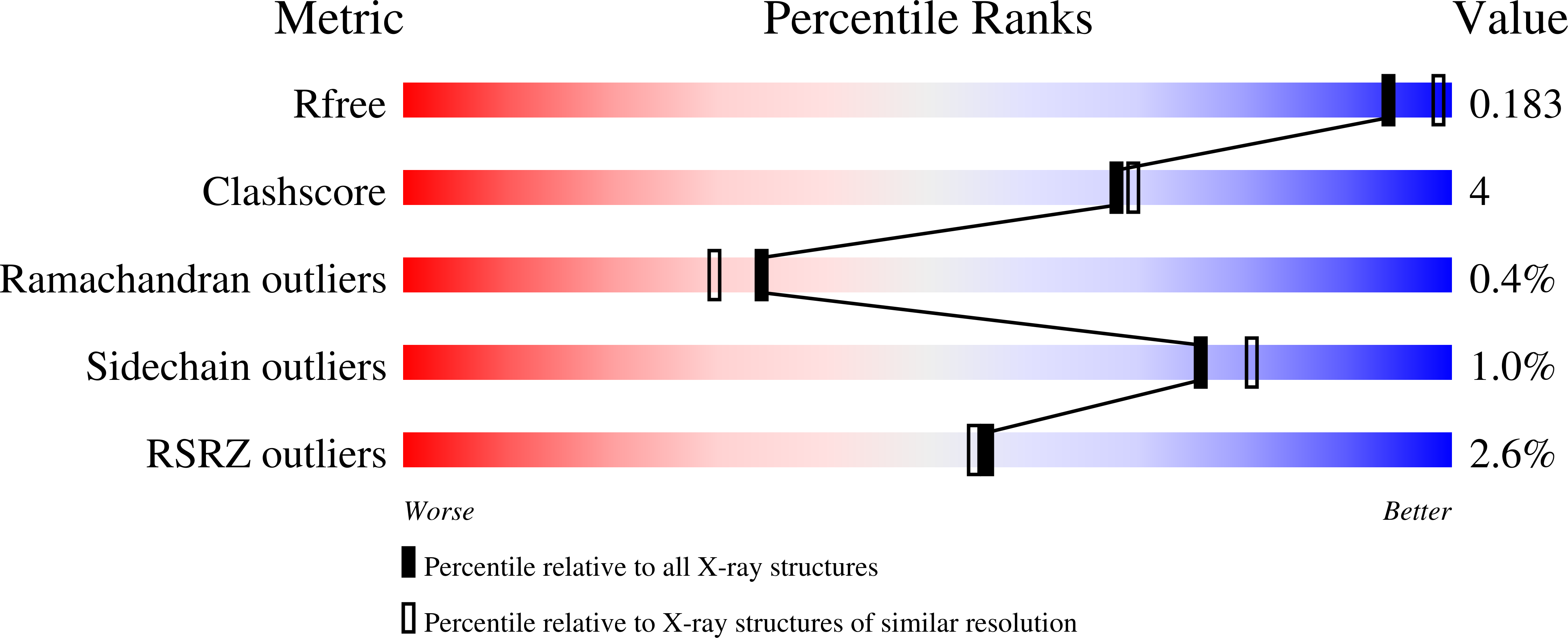
Deposition Date
2020-04-27
Release Date
2021-03-24
Last Version Date
2024-01-24
Entry Detail
PDB ID:
6YUU
Keywords:
Title:
Crystal structure of M. tuberculosis InhA inhibited by SKTS1
Biological Source:
Source Organism:
Mycobacterium tuberculosis CDC1551 (Taxon ID: 83331)
Host Organism:
Method Details:
Experimental Method:
Resolution:
2.01 Å
R-Value Free:
0.17
R-Value Work:
0.13
R-Value Observed:
0.13
Space Group:
P 64 2 2


